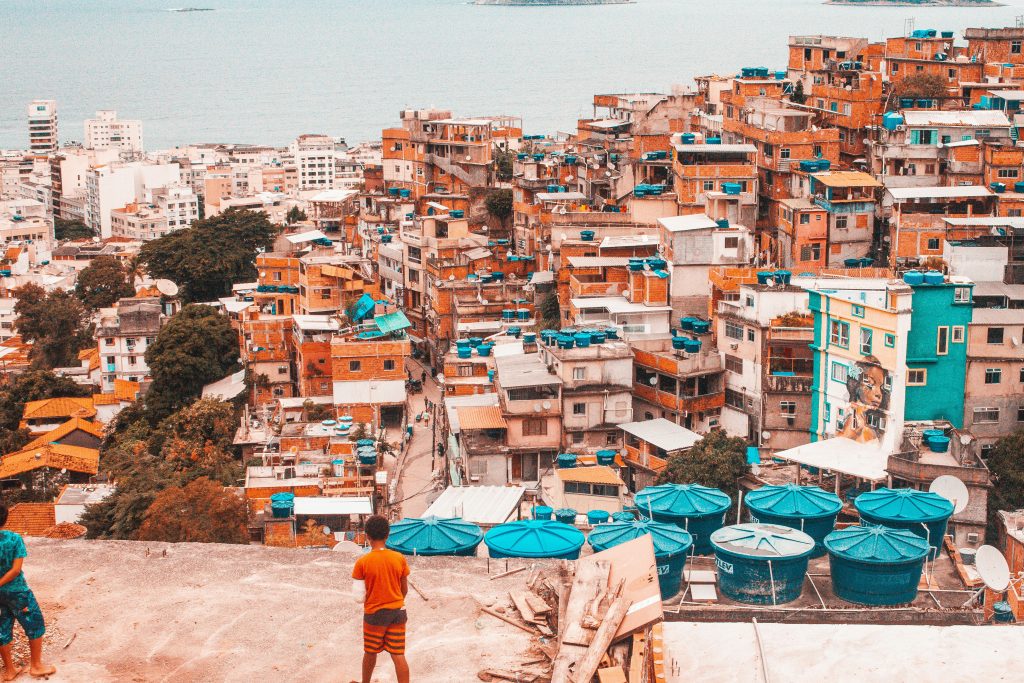Introduction
In many industrial nations technology, mass-production and affluence have covered most of the landscape with buildings, houses, apartment buildings, endless factories, warehouses and offices. Hardly any uncovered areas are left and still the building goes on.
In the poor nations, millions and millions of people are jammed into existing cities. Large, unplanned, and often slummy areas, with few if any services or infrastructures, surround the cities and strangle cities and nature alike. Yet more and more people continue to move into these cities, into these slums. Most of these people are very poor indeed. Often they have little to eat.
Yet, in Western Nations there is a disturbing trend to regard agricultural land as a means of investment and speculation for the rich. The land in most cases is taken out of production and often becomes just a weekend strolling ground for its rich new owners. It is essential that farmland be left to the production of food for all nations, that the hitherto rapid sprawl of urban areas be restricted and layered in such a way as to provide not only sufficient space for living, working, culture and recreation, but also to provide the urban poor with accessible means for bettering and beautifying their lives.
Therefore, I propose to show that gardening and even high-intensity small-scale farming can and should be an essential part of city life and I propose to show that compactness and density of living and working space need not exclude the provision of nature and breathing spaces within the city, for the people.
Many aspects of our Standards and Codes must change drastically and even dramatically if we acknowledge (and we must) the rights of all people for safe, healthy, affordable and beautiful living and working accommodations and surroundings

Photo by william f. santos on Unsplash
I know well that the contents of this book conflict in many instances with:
Current Design Priorities
Design Guidelines
Design Standards and even Codes.
However, I am convinced that many of our present Directions in City and Building design, that many aspects of our Standards and Codes must change drastically and even dramatically if we acknowledge (and we must) the rights of all people for safe, healthy, affordable and beautiful living and working accommodations and surroundings.
North Bay, Ontario, Canada
1982
Manfred May
